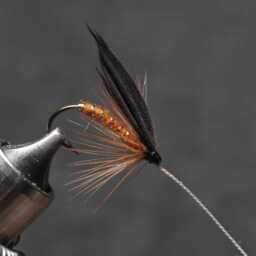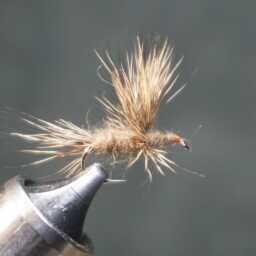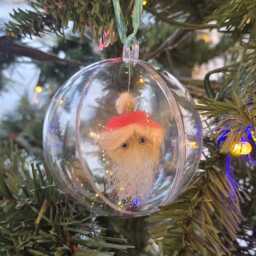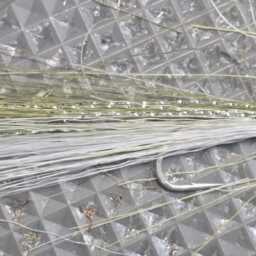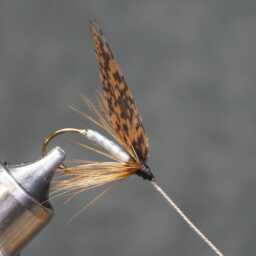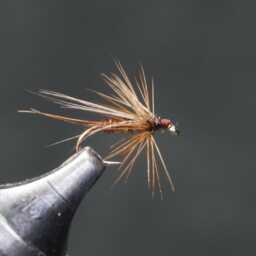Creating fly patterns using mandarin duck feathers is not common due to conservation concerns around using the feathers of protected or exotic species. However, some historical fly patterns might incorporate similar colors or mimic the appearance of mandarin duck feathers without actually using them. These patterns might use dyed feathers or synthetic materials to replicate the vibrant colors and patterns of the bird.
In fly tying literature, the terms “woodduck,” “summer duck,” and “mandarin duck” are frequently swapped, especially when referring to the buff-colored barred flank feathers.
The mandarin duck (Aix galericulata) is a perching duck species native to the East Palearctic. It is medium-sized, measuring 41–49 cm (16–19 in) long with a wingspan of 65–75 cm (26–30 in). Males of this species display marked sexual dimorphism compared to females. They are closely related to the North American wood duck, the only other member of the genus Aix.
The name ‘Aix’ comes from an Ancient Greek term Aristotle used for an unidentified diving bird, while ‘galericulata’ derives from the Latin word for a wig, stemming from galerum, meaning a cap or bonnet.
Outside its native range, the mandarin duck has a sizable introduced population in the British Isles and Western Europe, along with smaller introductions in North America.
In appearance, the male mandarin duck features a petite red bill, a large white crescent above the eye, a reddish face with “whiskers,” a purple breast with two vertical white bars, ruddy flanks, and two prominent orange feathers at the back resembling boat sails. The female resembles the female wood duck, with a grayish-lavender plumage, a white eye-ring, a stripe running back from the eye, paler underside, a small white flank stripe, and a bill with a pale tip.
Both male and female mandarin ducks possess crests, but the male’s purple crest is more pronounced. During the post-mating season, males undergo a moult into eclipse plumage, resembling females but distinguishable by a bright yellow-orange or red beak, lack of a crest, and a less prominent eye-stripe.
Mandarin ducklings closely resemble wood ducklings and mallard ducklings. The eye-stripe of mandarin and wood ducklings stops at the eye, while in mallard ducklings, it extends to the bill.
Various mutations of the mandarin duck exist in captivity, notably the white mandarin duck. The origins of these mutations, including leucism, stem from constant pairing of related birds and selective breeding, leading to recessive gene combinations.
« Back to Glossary Index

